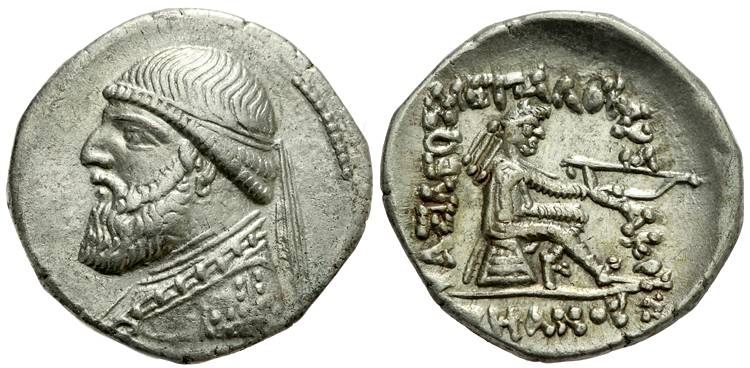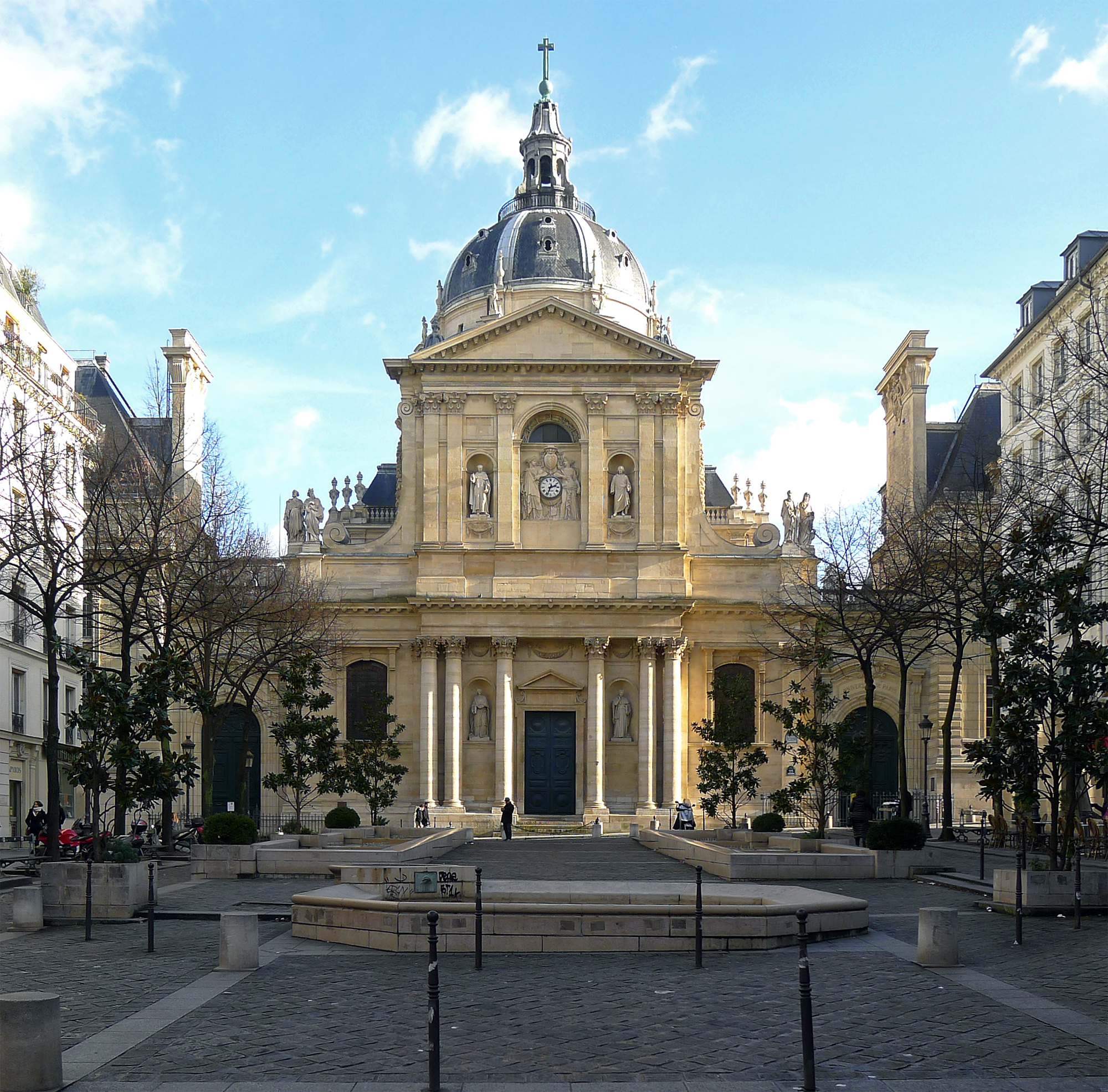|
Rouben Abrahamian
Rouben Abrahamian (; 1881 – 1951) was an Armenian Iranologist, linguist and translator. Biography Rouben Abrahamian was born in 1881 in the village of Gnishik (modern-day Vayots Dzor Province of Armenia), then part of the Russian Empire. He received his secondary education in Etchmiadzin and Yerevan, and then moved abroad for higher education in a number of places. First, he studied at the Faculty of History and Philology at the Kiev University (1907), then at Leipzig University (1909), and then at the Saint Petersburg Imperial University (1911). After his academic spell in Europe, he returned and started teaching Russian, linguistics, and classical philosophy in Yerevan. Between 1912 and 1921, he taught in Tiflis (Tbilisi), as well as at other schools in the Caucasus region. In 1921, he moved to neighboring Iran and taught for many years at various Armenian schools in Tabriz, New Julfa, and Tehran. During his time in Tehran, Abrahamian served as the principal of a large Armeni ... [...More Info...] [...Related Items...] OR: [Wikipedia] [Google] [Baidu] |
Gnishik
Gnishik () is a village in the Areni Municipality of the Vayots Dzor Province in Armenia. Nature Natural habitats vary from semi-desert to mountain steppes and meadows. The vicinity of Gnishik has been considered to be a Prime Butterfly Area, where a wide variety of rare butterflies, including '' Papilio alexanor'', '' Colias chlorocoma'', '' Pseudochazara schahrudensis'', '' Tomares romanovi'', '' Phengaris arion'', and a number of others can be observed. Municipal administration Gnishik was previously a community, which included the town of Mozrov Mozrov () is a village in the Areni Municipality of the Vayots Dzor Province in Armenia Armenia, officially the Republic of Armenia, is a landlocked country in the Armenian Highlands of West Asia. It is a part of the Caucasus region and is ..., and had a combined population of 132 in 2011. Notable residents * Rouben Abrahamian Gallery Գնիշիկի եկեղեցի 18-19 դդ.jpg, Church in Gnishik Հավասարա ... [...More Info...] [...Related Items...] OR: [Wikipedia] [Google] [Baidu] |
Iranian Armenians
Iranian Armenians (; ), also known as Persian Armenians (; ), are Iranians of Armenian ethnicity who may speak Armenian as their first language. Estimates of their number in Iran range from 70,000 to 500,000. Areas with a high concentration of them include Tabriz, Tehran, Salmas and New Julfa, Isfahan. Armenians have lived for millennia in the territory that forms modern-day Iran. Many of the oldest Armenian churches, monasteries, and chapels are in Iran. Iranian Armenia (1502–1828), which includes what is now the Armenian Republic, was part of Qajar Iran up to 1828. Iran had one of the largest populations of Armenians in the world, alongside the neighbouring Ottoman Empire until the beginning of the 20th century. Armenians were influential and active in modernizing Iran during the 19th and 20th centuries. After the Iranian Revolution, many Armenians emigrated to Armenian diasporic communities in North America and Western Europe. Today, the Armenians are Iran's largest ... [...More Info...] [...Related Items...] OR: [Wikipedia] [Google] [Baidu] |
Middle Persian
Middle Persian, also known by its endonym Pārsīk or Pārsīg ( Inscriptional Pahlavi script: , Manichaean script: , Avestan script: ) in its later form, is a Western Middle Iranian language which became the literary language of the Sasanian Empire. For some time after the Sasanian collapse, Middle Persian continued to function as a prestige language. It descended from Old Persian, the language of the Achaemenid Empire and is the linguistic ancestor of Modern Persian, the official language of Iran (also known as Persia), Afghanistan ( Dari) and Tajikistan ( Tajik). Name "Middle Iranian" is the name given to the middle stage of development of the numerous Iranian languages and dialects. The middle stage of the Iranian languages begins around 450 BCE and ends around 650 CE. One of those Middle Iranian languages is Middle Persian, i.e. the middle stage of the language of the Persians, an Iranian people of Persia proper, which lies in the south-western Iran highlands on ... [...More Info...] [...Related Items...] OR: [Wikipedia] [Google] [Baidu] |
University Of Tehran
The University of Tehran (UT) or Tehran University (, ) is a public collegiate university in Iran, and the oldest and most prominent Iranian university located in Tehran. Based on its historical, socio-cultural, and political pedigree, as well as its research and teaching profile, UT has been nicknamed "Mother University" (, ). It is also the premier knowledge producing institute among all Organisation of Islamic Cooperation, OIC countries. The university offers more than 111 bachelor's degree programs, 177 master's degree programs, and 156 Doctor of Philosophy, PhD. programs. Many of the departments were absorbed into the University of Tehran from the Dar ul-Funun (Persia), Dar al-Funun established in 1851 and the Tehran School of Political Sciences established in 1899. The main campus of the university is located in the central part of the city. However, other campuses are spread across the city as well as in the suburbs such as the Baghe Negarestan Campus at the central easter ... [...More Info...] [...Related Items...] OR: [Wikipedia] [Google] [Baidu] |
Isfahan
Isfahan or Esfahan ( ) is a city in the Central District (Isfahan County), Central District of Isfahan County, Isfahan province, Iran. It is the capital of the province, the county, and the district. It is located south of Tehran. The city has a population of approximately 2,220,000, making it the third-most populous city in Iran, after Tehran and Mashhad, and the second-largest metropolitan area. Isfahan is located at the intersection of the two principal routes that traverse Iran, north–south and east–west. Isfahan flourished between the 9th and 18th centuries. Under the Safavid Iran, Safavid Empire, Isfahan became the capital of Iran, for the second time in its history, under Abbas the Great. It is known for its Persian architecture, Persian–Islamic architecture, Muslim architecture, grand boulevards, covered bridges, palaces, tiled mosques, and minarets. Isfahan also has many historical buildings, monuments, paintings, and artifacts. The fame of Isfahan led to the ... [...More Info...] [...Related Items...] OR: [Wikipedia] [Google] [Baidu] |
Hamadān
Hamadan ( ; , ) is a mountainous city in western Iran. It is located in the Central District of Hamadan County in Hamadan province, serving as the capital of the province, county, and district. As of the 2016 Iranian census, it had a population of 554,406 people in 174,731 households. Hamadan is believed to be among the oldest Iranian cities. It was referred to in classical sources as Ecbatana (Old Persian ). It is possible that it was occupied by the Assyrians in 1100BCE; the Ancient Greek historian, Herodotus, states that it was the capital of the Medes, around 700BCE. Hamadan is situated in a green mountainous area in the foothills of the 3,574-meter Alvand Mountain, in midwestern Iran. The city is 1,850meters above sea level. It is located approximately southwest of Tehran. The old city and its historic sites attract tourists during the summer. The major sights of this city are the Ganj Nameh inscription, the Avicenna monument and the Baba Taher monument. The mai ... [...More Info...] [...Related Items...] OR: [Wikipedia] [Google] [Baidu] |
Baba Tahir
Baba Tahir or Baba Taher Oryan Hamadani () was an 11th-century dervish poet from Hamadan, Iran who lived during the reign of Tugril of the Seljuk dynasty over Iran. This is almost all that is known of him as he lived a mysterious lifestyle. Although the prefix "Baba" (roughly meaning 'The Wise' or 'The Respected') has been thought as part of his name in all known sources, his nickname "Oryan" (meaning 'The Naked') did not appear until about 17th century. It is likely that the nickname was attributed to him because he seemed to lead a very spiritual and stoic lifestyle and thus was figuratively not clothed with worldly and material needs and suggests he may have been a wandering dervish. His poetry is written in the Hamadani dialect of the Persian language. L. P. Elwell-Sutton theorises that Baba Tahir wrote in the Hamadani dialect, adding: "Most traditional sources call it loosely Luri, while the name commonly applied from an early date to verses of this kind, Fahlaviyat, presu ... [...More Info...] [...Related Items...] OR: [Wikipedia] [Google] [Baidu] |
Judeo-Persian
Judeo-Persian refers to both a group of Jewish dialects spoken by Jews and Judeo-Persian texts (written in Hebrew alphabet). As a collective term, Judeo-Persian refers to a number of Judeo-Iranian languages spoken by Jewish communities throughout the formerly extensive Persian Empire, including Iranian Jews, Mountain Jews, Afghan Jews, and Bukharan Jews. The speakers refer to their language as ''Fārsi''. Some non-Jews refer to it as "dzhidi" (also written as "zidi", "judi" or "jidi"), which means "Jewish" in a derogatory sense. Literature There is an extensive Judeo-Persian poetic religious literature, closely modeled on classical Persian poetry. The most famous poet was Shahin Shirazi, Mowlānā Shāhin-i Shirāzi (14th century CE), who composed epic versifications of parts of the Bible, such as the ''Musā-nāmah'' (an epic poem recounting the story of Moses); later poets composed lyric poetry in style of Persian mysticism. Much of this literature was collected around the beg ... [...More Info...] [...Related Items...] OR: [Wikipedia] [Google] [Baidu] |
Sorbonne University
Sorbonne University () is a public research university located in Paris, France. The institution's legacy reaches back to the Middle Ages in 1257 when Sorbonne College was established by Robert de Sorbon as a constituent college of the University of Paris, one of the first universities in Europe. Its current iteration was formed in 2018 by the merger of Paris-Sorbonne University (Paris IV) and the Université Pierre et Marie Curie (Paris VI). Sorbonne University is one of the most sought after universities by students and researchers from France, Europe, and the French speaking countries. Most notably, Marie Skłodowska-Curie, who came from Poland in 1891 and joined the Faculty of Sciences of the University of Paris, was also the first woman to become a professor at the Sorbonne. Marie Curie and her husband Pierre Curie are considered the founders of the modern-day Faculty of Science and Engineering of Sorbonne University. As of 2021, its alumni and professors have won 33 ... [...More Info...] [...Related Items...] OR: [Wikipedia] [Google] [Baidu] |
Philology
Philology () is the study of language in Oral tradition, oral and writing, written historical sources. It is the intersection of textual criticism, literary criticism, history, and linguistics with strong ties to etymology. Philology is also defined as the study of literary texts and oral and written records, the establishment of their authentication, authenticity and their original form, and the determination of their meaning. A person who pursues this kind of study is known as a philologist. In older usage, especially British, philology is more general, covering comparative linguistics, comparative and historical linguistics. Classical philology studies classical languages. Classical philology principally originated from the Library of Pergamum and the Library of Alexandria around the fourth century BC, continued by Greeks and Romans throughout the Roman Empire, Roman and Byzantine Empire. It was eventually resumed by European scholars of the Renaissance humanism, Renaissance, ... [...More Info...] [...Related Items...] OR: [Wikipedia] [Google] [Baidu] |
Persian Language
Persian ( ), also known by its endonym and exonym, endonym Farsi (, Fārsī ), is a Western Iranian languages, Western Iranian language belonging to the Iranian languages, Iranian branch of the Indo-Iranian languages, Indo-Iranian subdivision of the Indo-European languages. Persian is a pluricentric language predominantly spoken and used officially within Iran, Afghanistan, and Tajikistan in three mutual intelligibility, mutually intelligible standard language, standard varieties, respectively Iranian Persian (officially known as ''Persian''), Dari, Dari Persian (officially known as ''Dari'' since 1964), and Tajik language, Tajiki Persian (officially known as ''Tajik'' since 1999).Siddikzoda, S. "Tajik Language: Farsi or not Farsi?" in ''Media Insight Central Asia #27'', August 2002. It is also spoken natively in the Tajik variety by a significant population within Uzbekistan, as well as within other regions with a Persianate society, Persianate history in the cultural sphere o ... [...More Info...] [...Related Items...] OR: [Wikipedia] [Google] [Baidu] |






